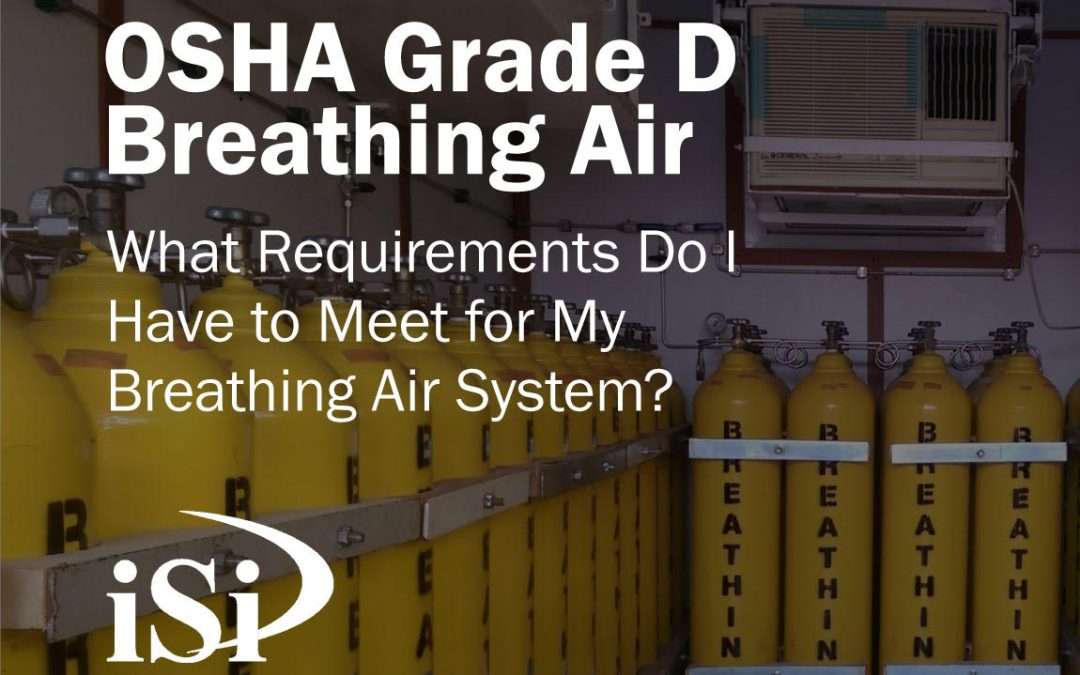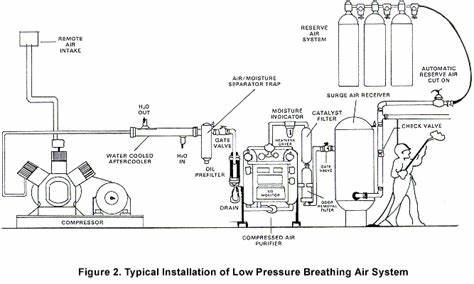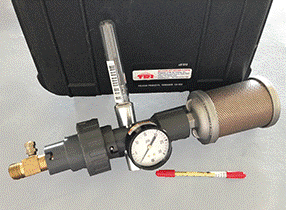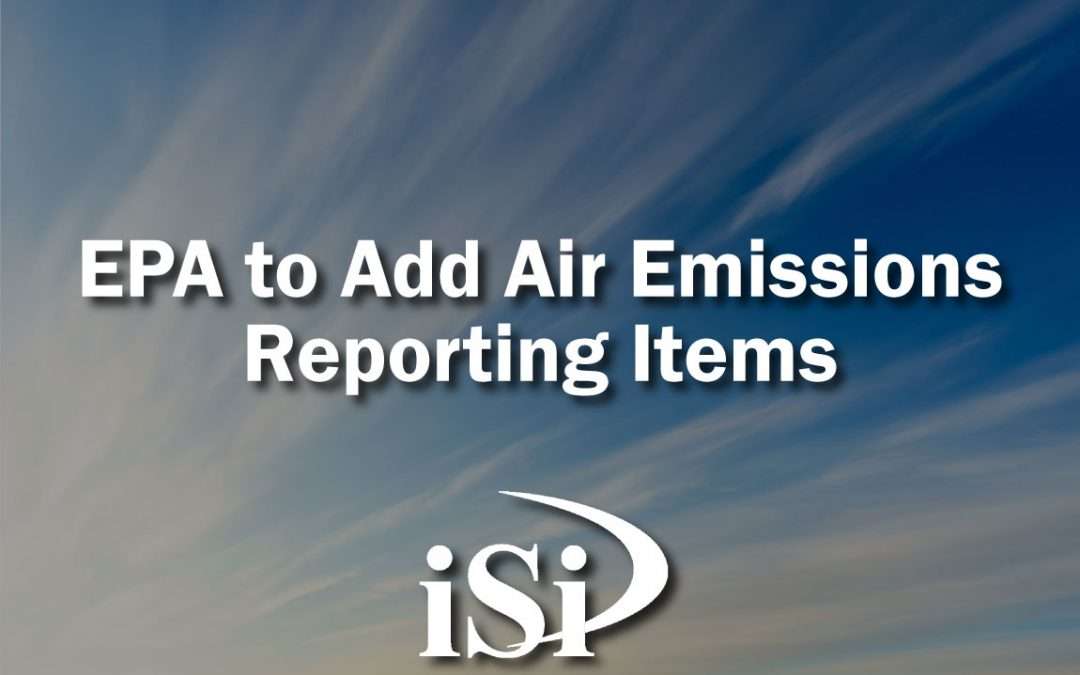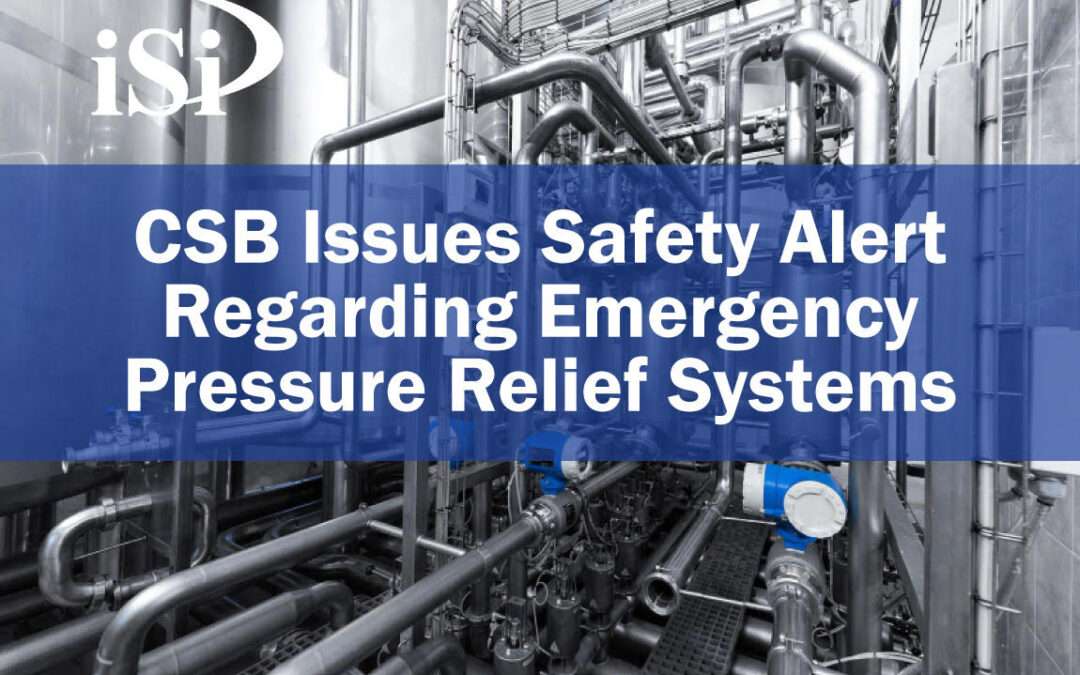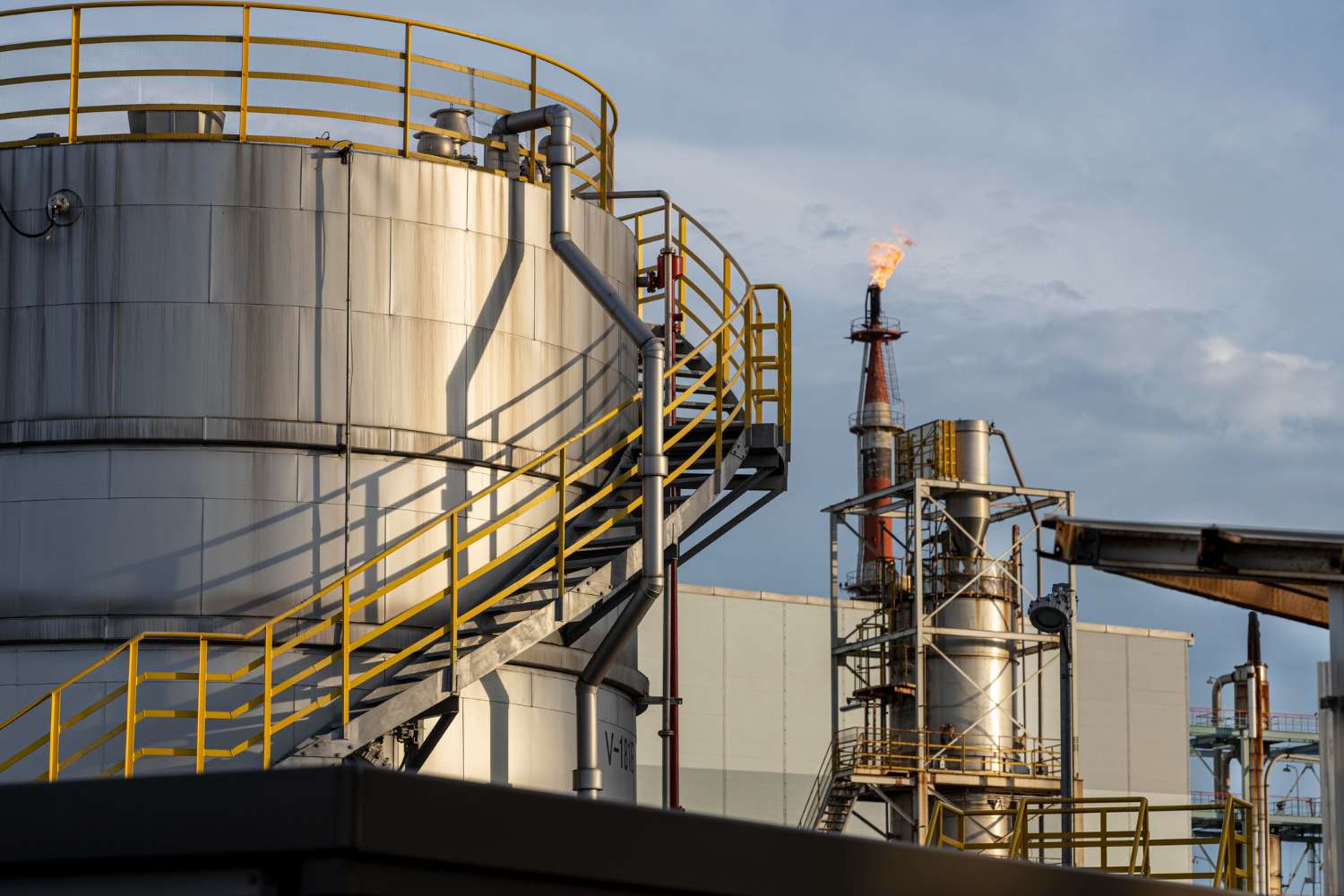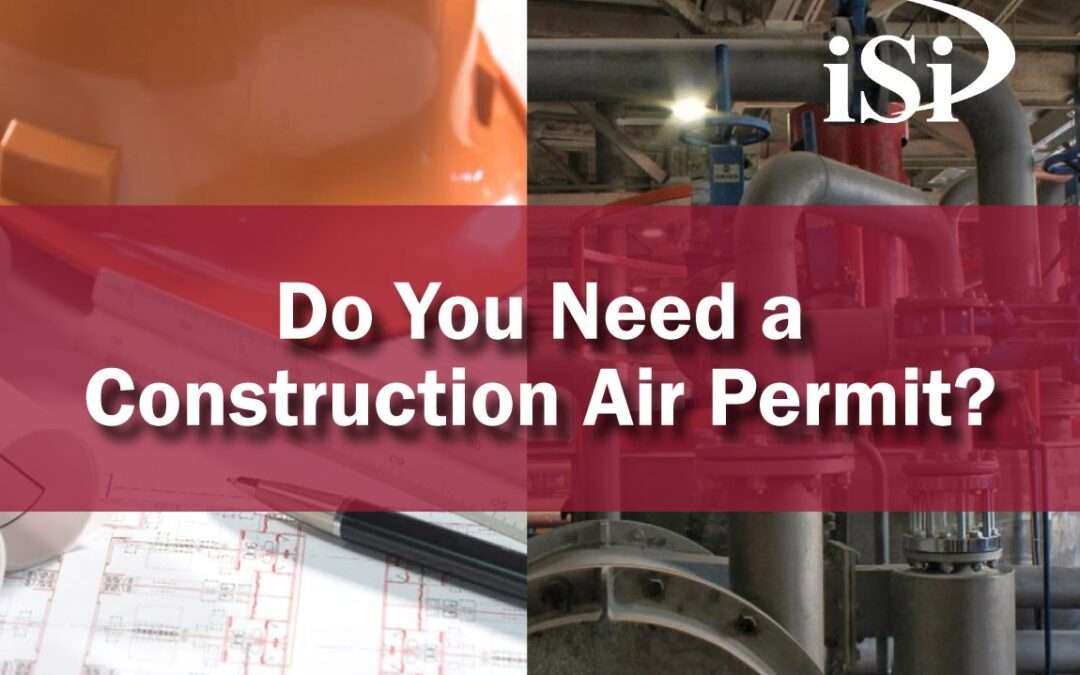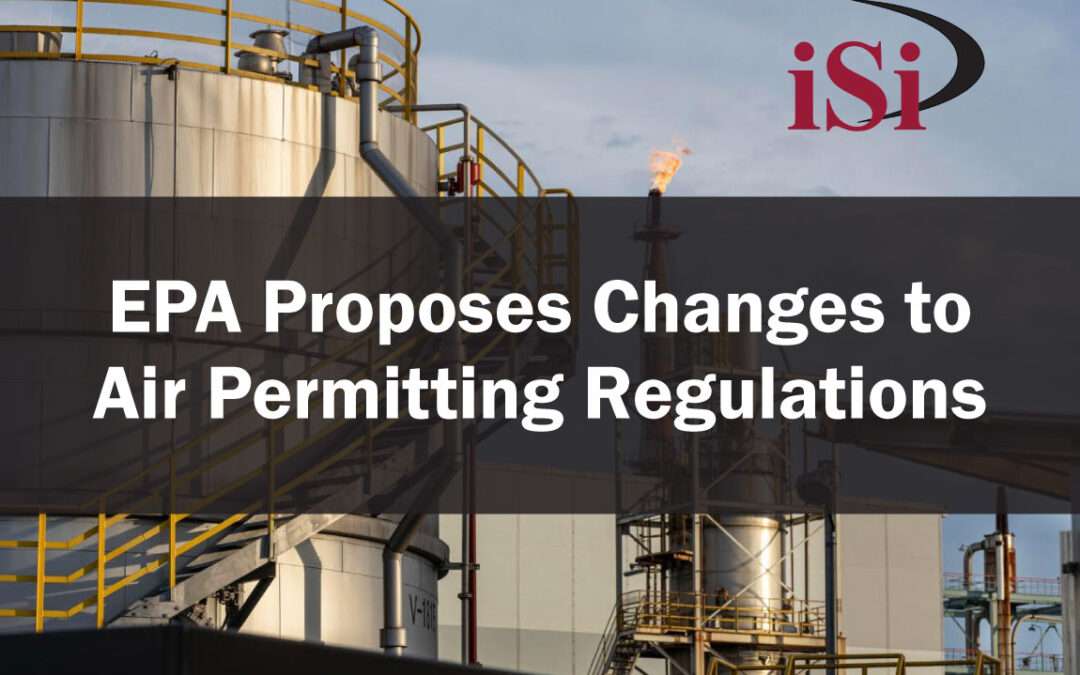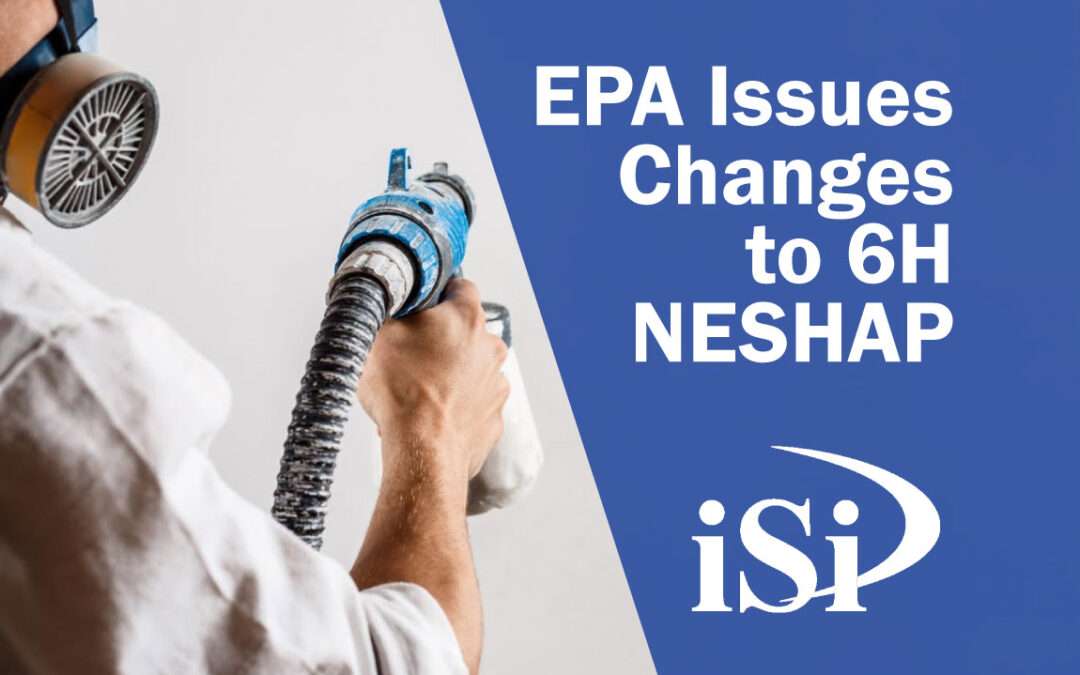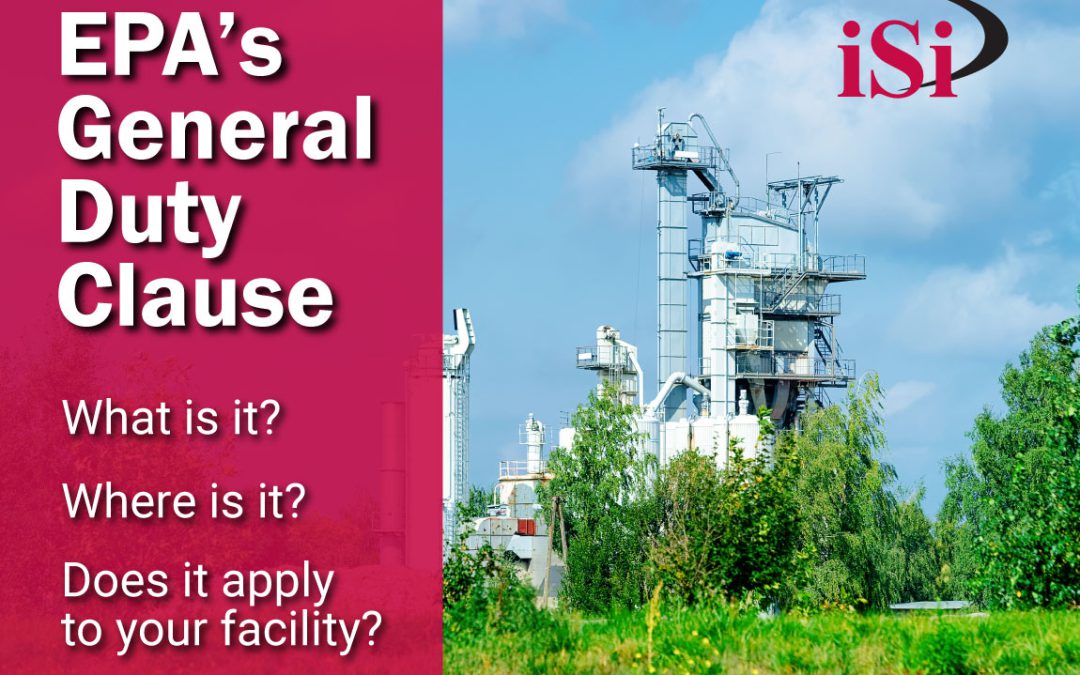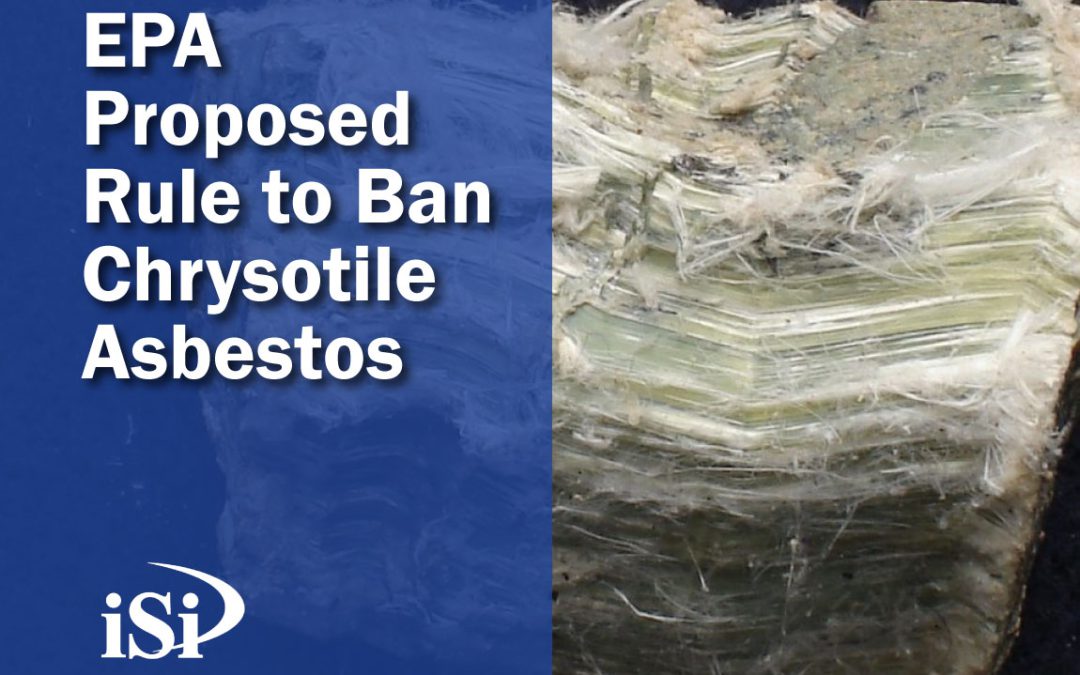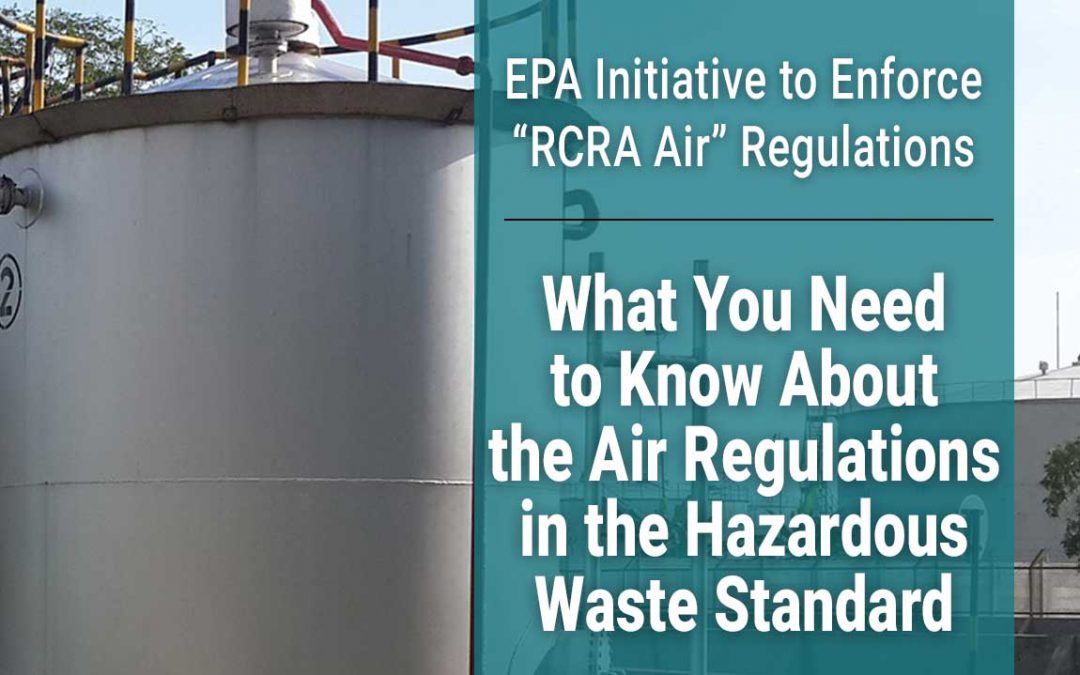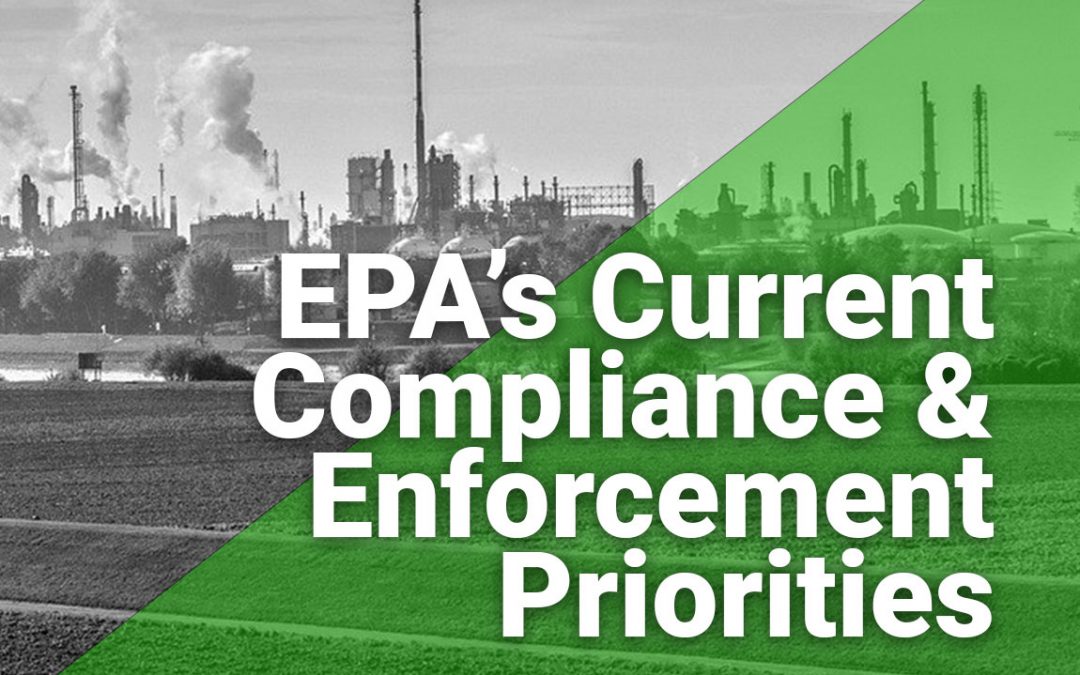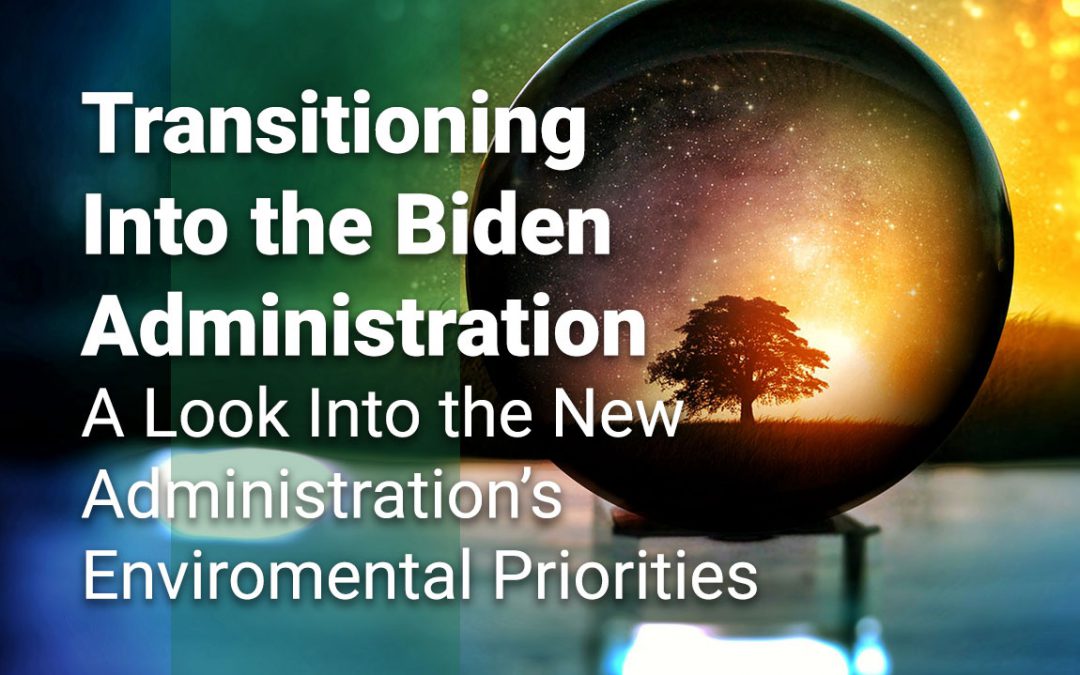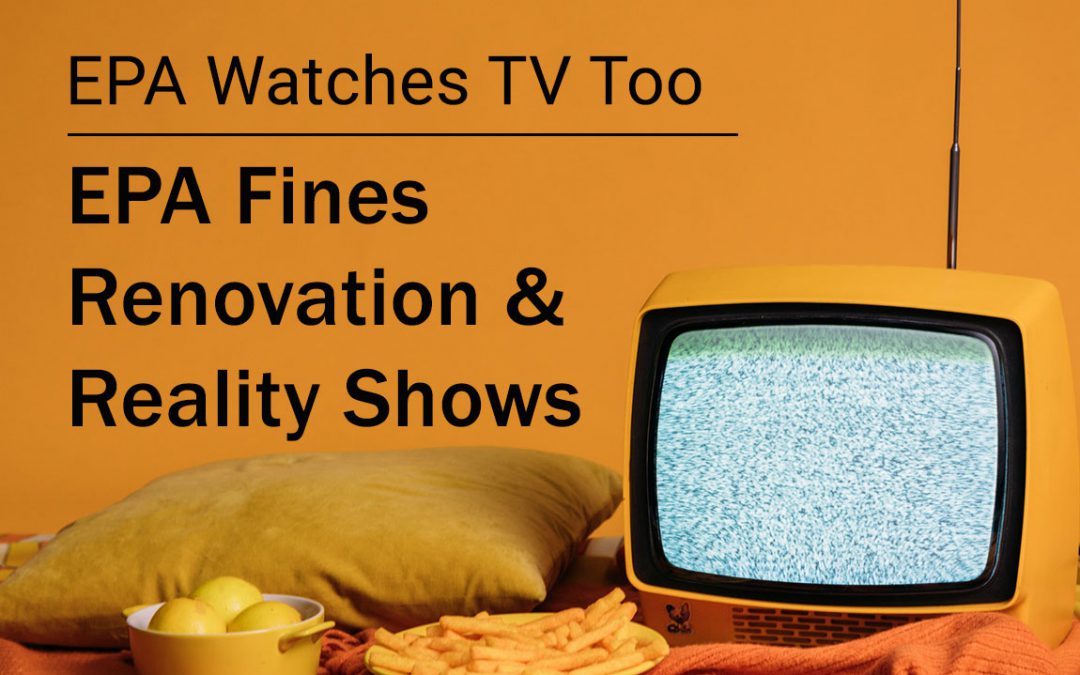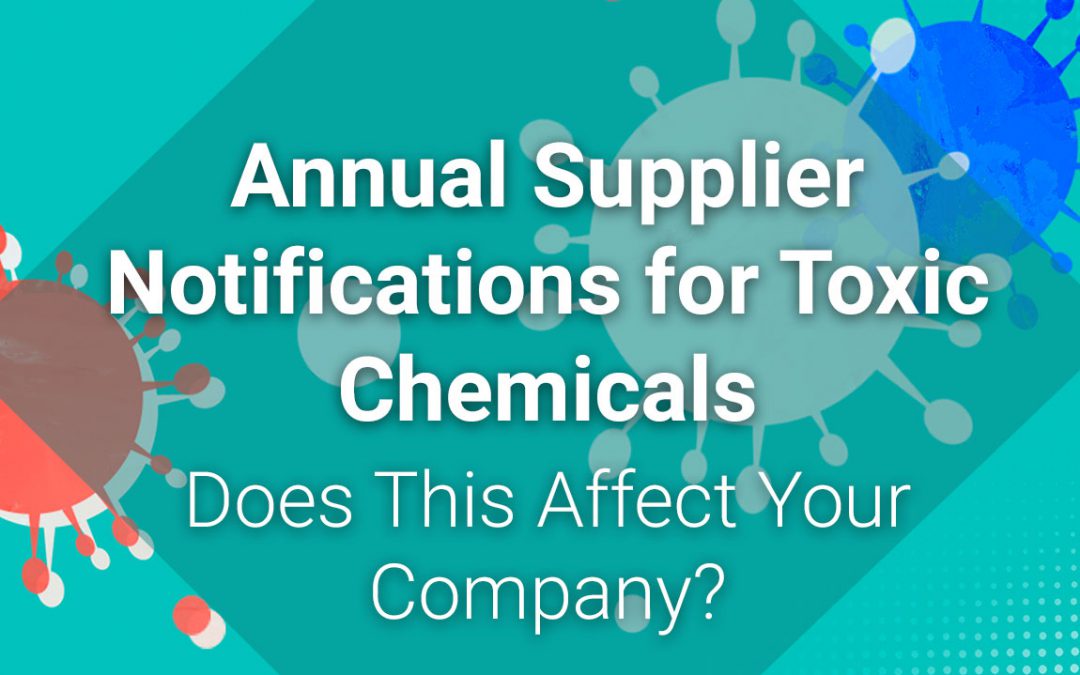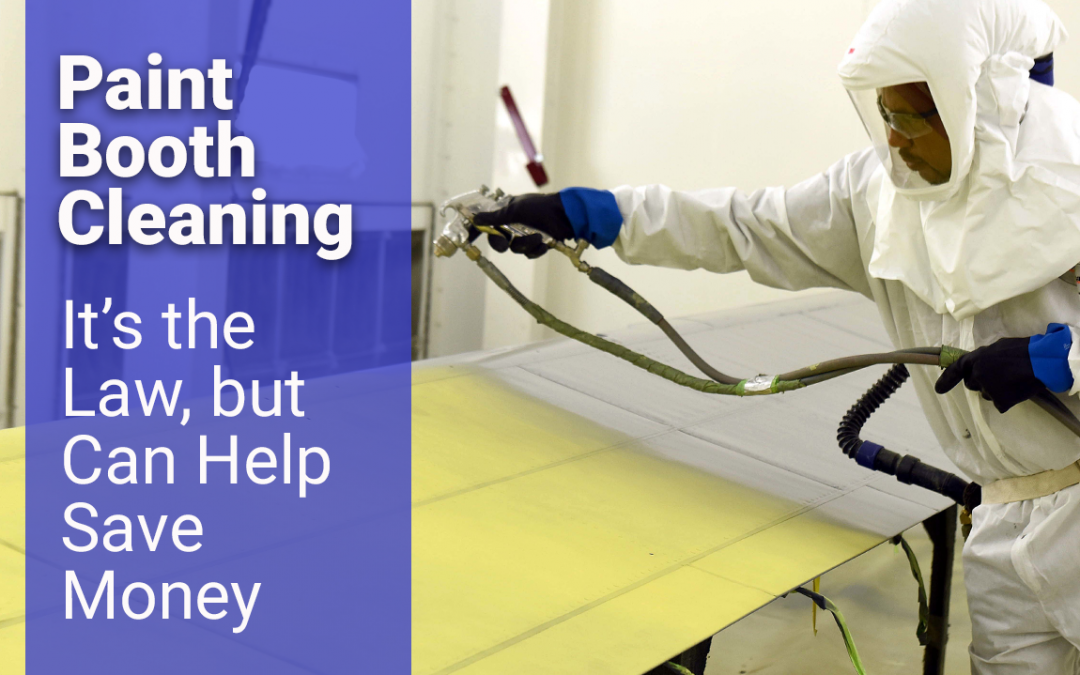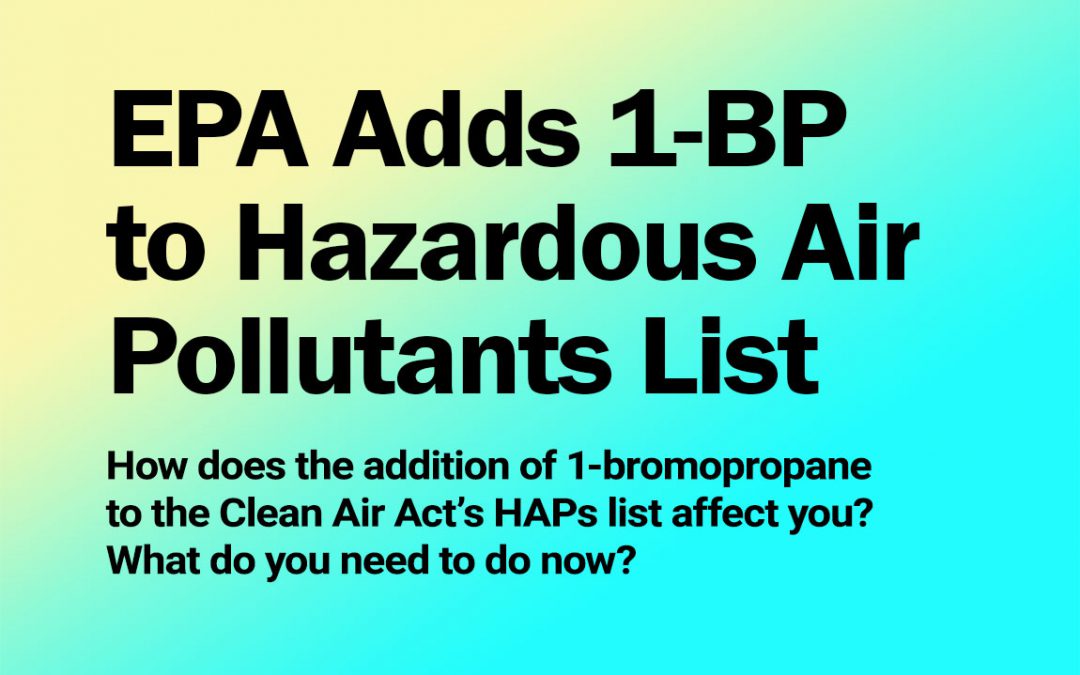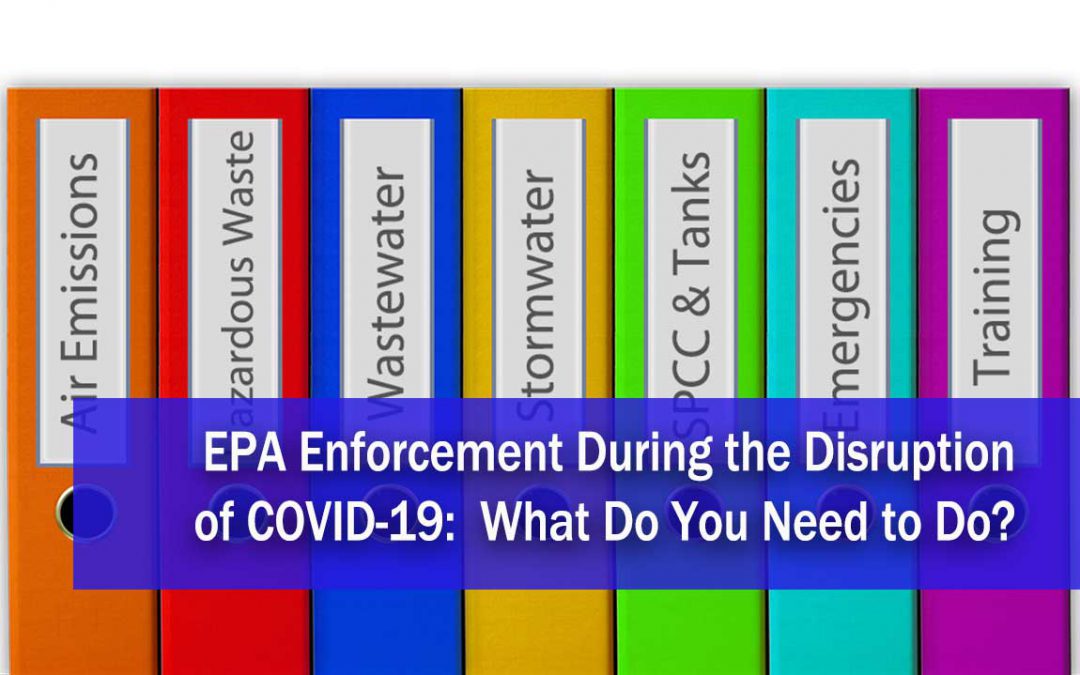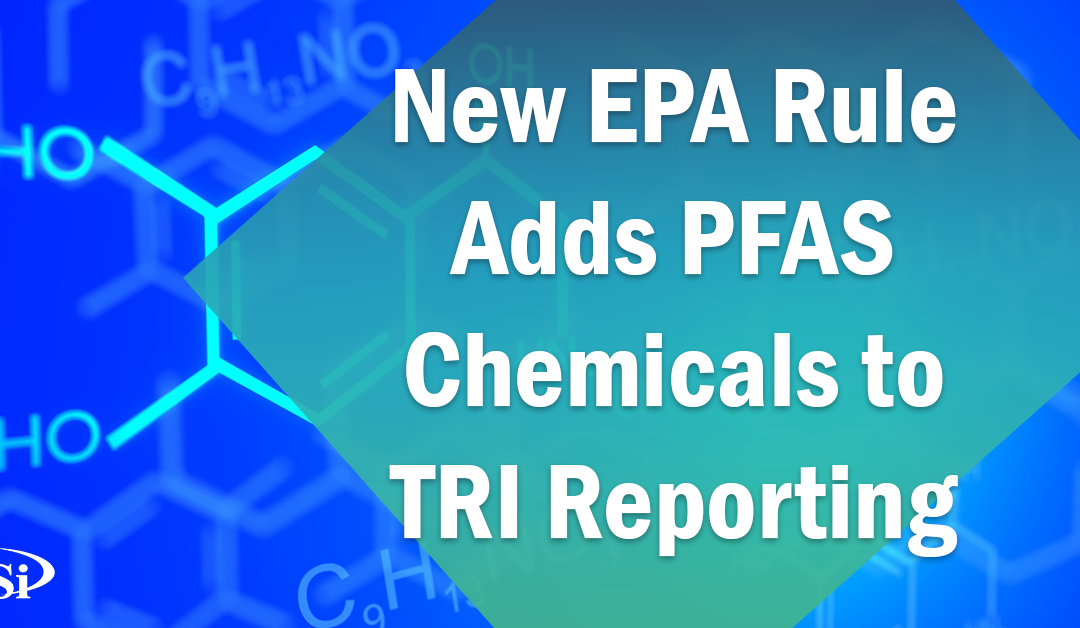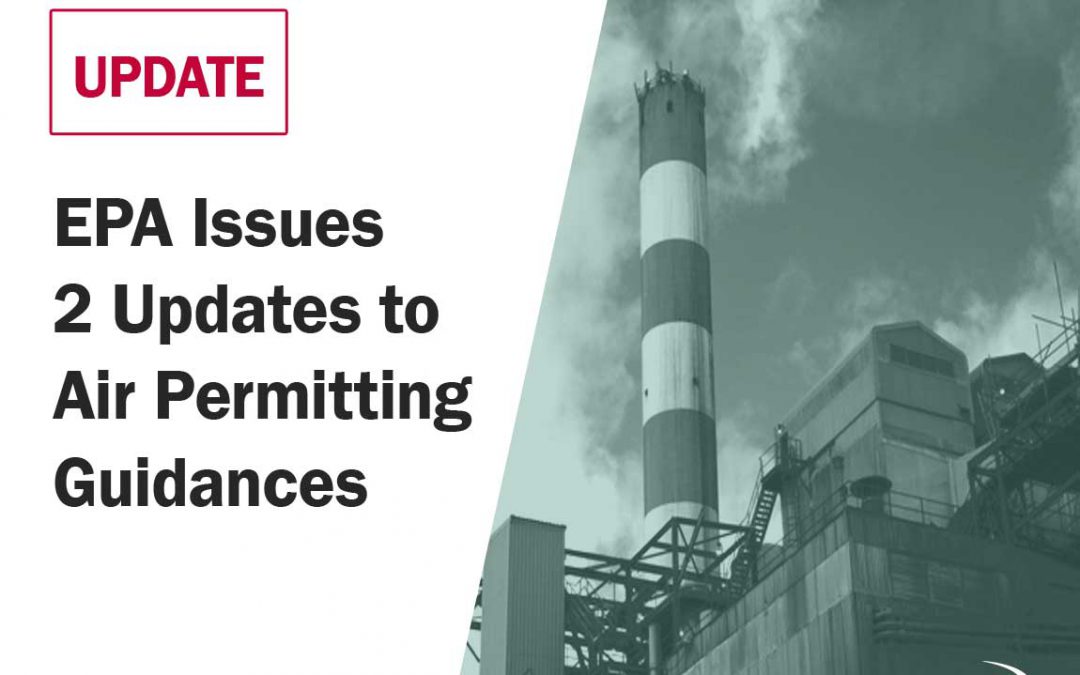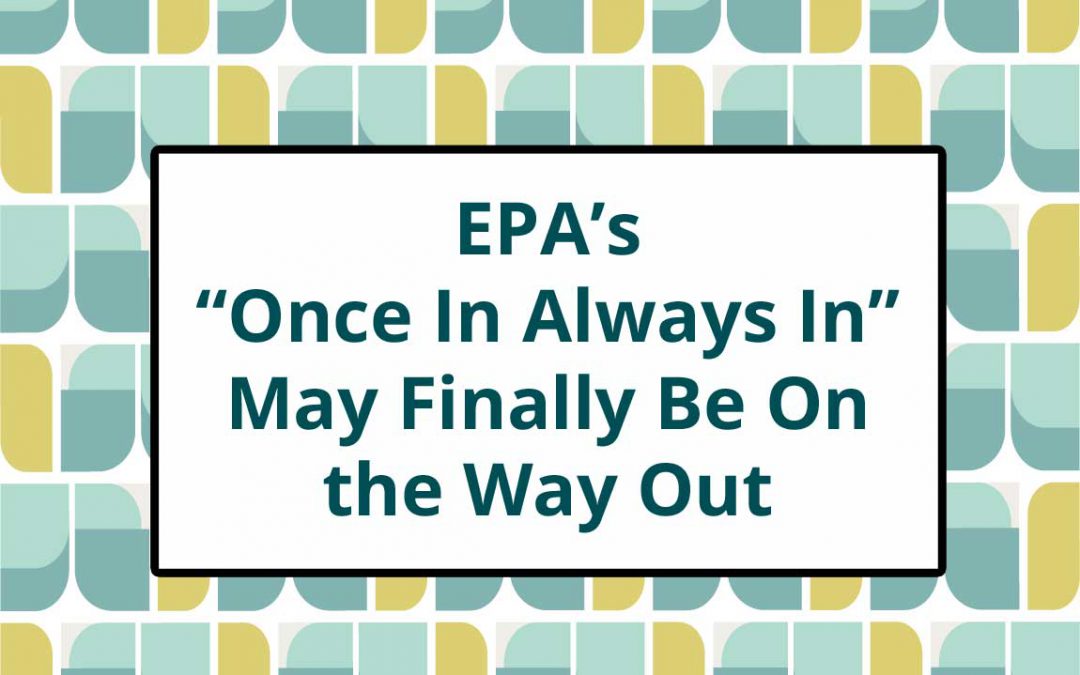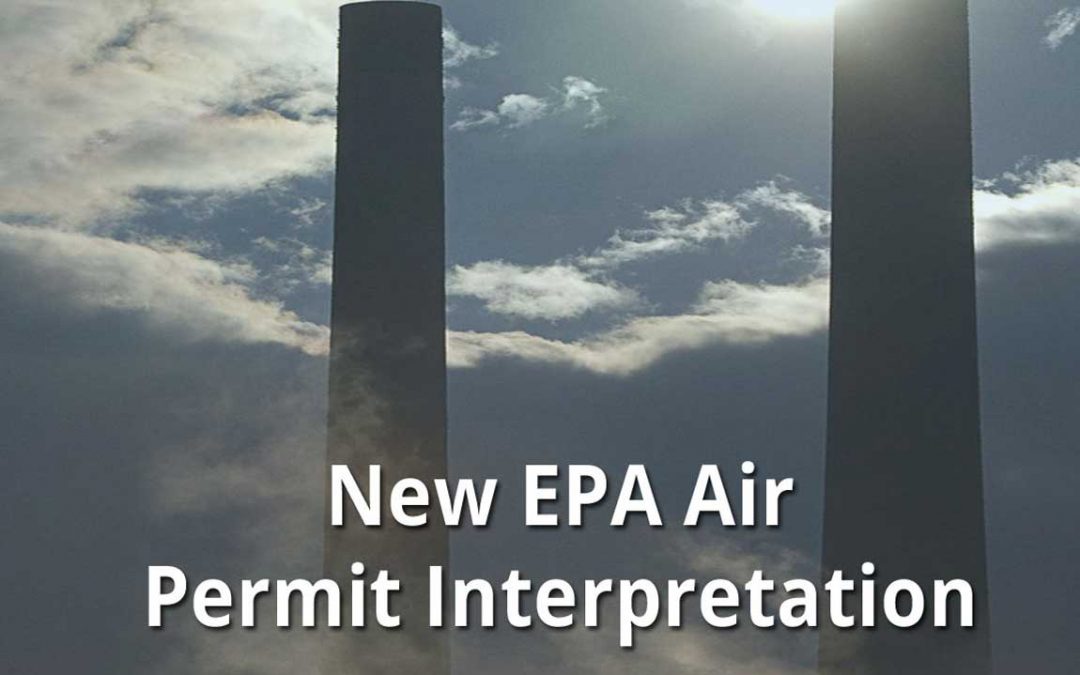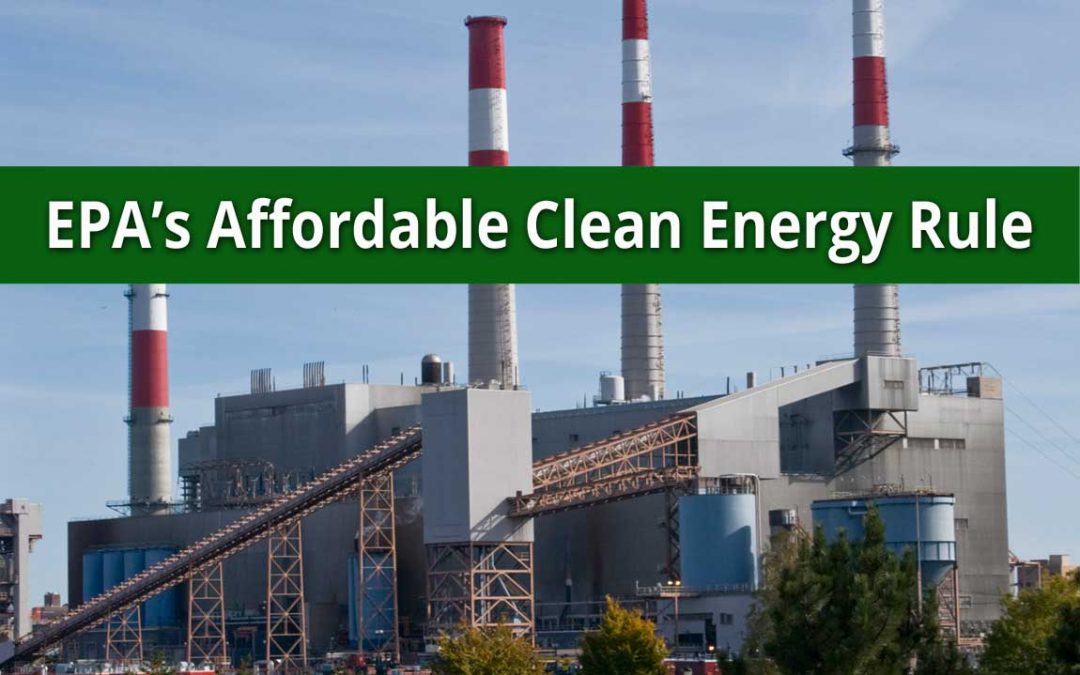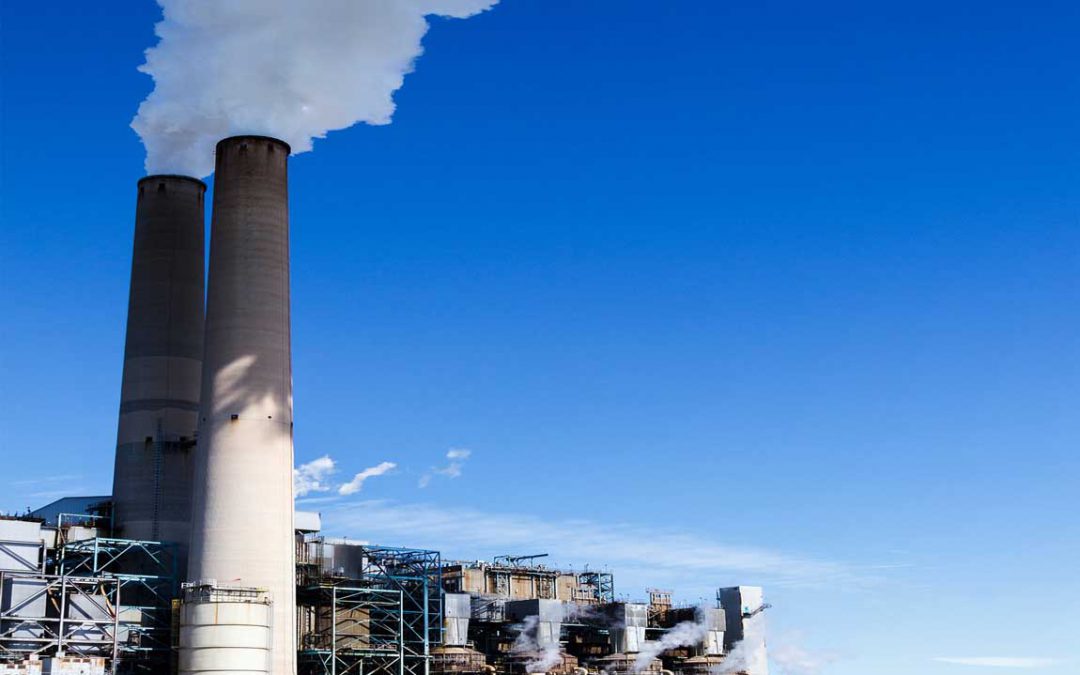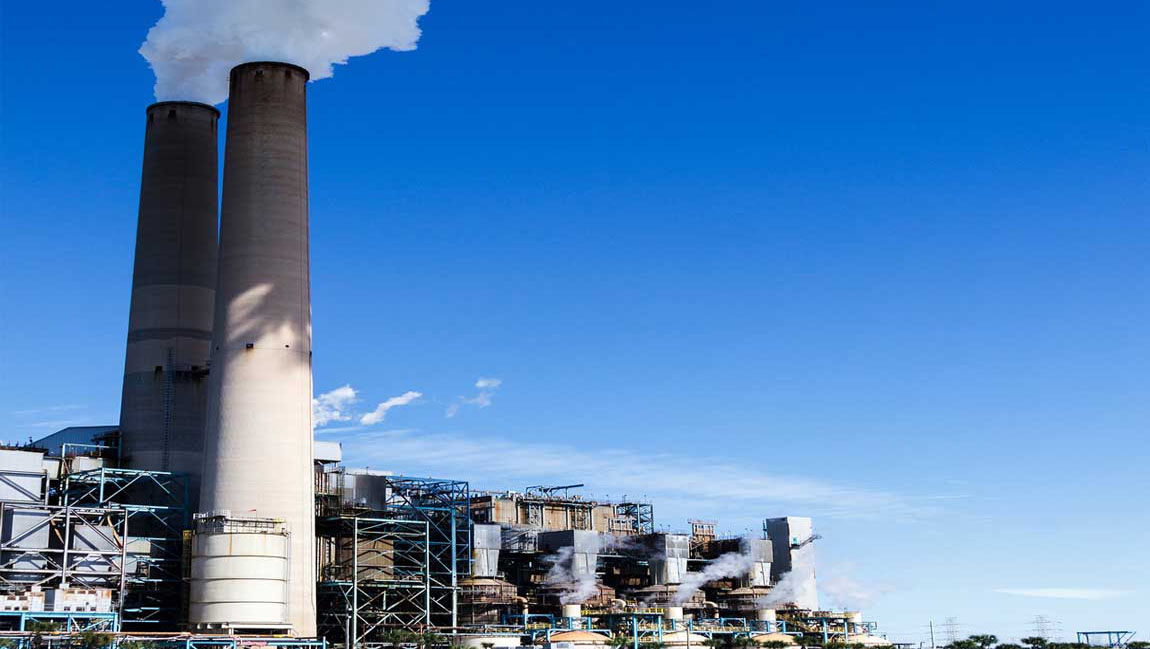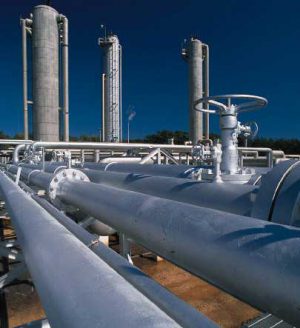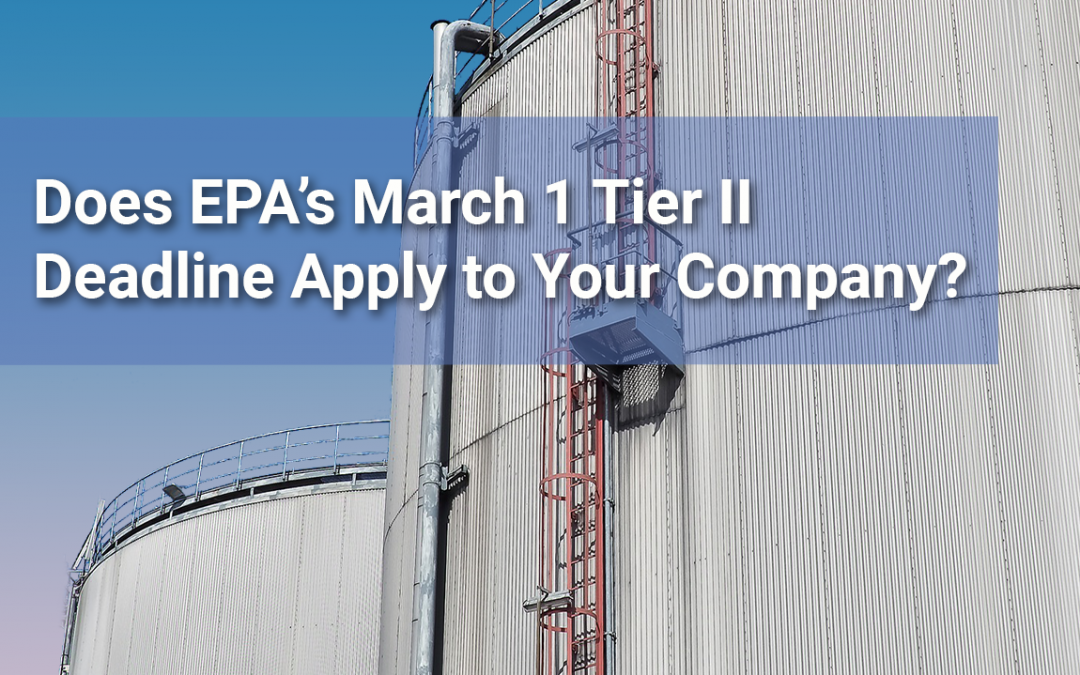
EPCRA Tier II: Does the March 1 Deadline Apply to Your Facility?
The Emergency Planning and Community Right to Know Act (EPCRA) requires facilities to report emergency and hazardous chemical information each year to their state and local emergency response officials and local fire departments. This is a federal requirement, but each state has its own nuances in method of submittal, what’s required with the submission and who to send it to. For reporting, EPCRA has a Tier I form and a Tier II form. The Tier II has all of the information Tier I does, but with more detail, so many states just require the more complete Tier II form.
Does This Apply to My Facility?
First, all chemicals you’re required to keep a Safety Data Sheet (SDS) for per OSHA requirements are subject to reporting. Next, determine if the quantities on-site at any one time last year met the threshholds for reporting.
Extremely Hazardous Substances listed in 40 CFR part 355 Appendix A and Appendix B, the reporting quantity is 500 pounds or the amount of the Threshold Planning Quantity (TPQ), (whichever is lower). Gasoline and diesel fuel at retail gas stations have their own individual requirements. For all other hazardous chemicals, the threshold is 10,000 pounds.
There are a few exclusions per EPCRA for food, food additives, drugs, cosmetics, substances for general/household purposes for use by the general public, fertilizer sold to farmers, and substances used by research labs and hospitals.
Information Collected
Each state has its own requirements, but the information reported is very similar. Some examples of information you’ll need to gather include:
- SDS for Each Chemical
- Facility Information
- Emergency Contacts and Contacts Knowledgeable of Tier II Information
- Physical and Health Hazards
- Chemical Descriptions
- Maximum Amount Present on any Single Day During Reporting Period
- Average Daily Amounts (Weights)
- Number of Days Onsite
- Storage Types, Conditions and Locations
Reporting
Each state varies on how the information is reported then given to emergency officials. Some states require electronic reporting, others may require you to send it directly to your state emergency response commission, your local emergency response commission and the fire department with jurisdiction over your facility. Check out your state requirements here. Reporting is due March 1.
Need Help?
iSi can help you determine your applicability, what your state requires and then help you complete the Tier II reporting elements. Contact us today for a pricing quote!
Need Help?
Mar. 1 will be here soon — Let iSi take care of this requirement for you!
Need Help?
Mar. 1 will be here soon — Let iSi take care of this requirement for you!
The Emergency Planning and Community Right to Know Act (EPCRA) requires facilities to report emergency and hazardous chemical information each year to their state and local emergency response officials and local fire departments. This is a federal requirement, but each state has its own nuances in method of submittal, what’s required with the submission and who to send it to. For reporting, EPCRA has a Tier I form and a Tier II form. The Tier II has all of the information Tier I does, but with more detail, so many states just require the more complete Tier II form.
Does This Apply to My Facility?
First, all chemicals you’re required to keep a Safety Data Sheet (SDS) for per OSHA requirements are subject to reporting. Next, determine if the quantities on-site at any one time last year met the threshholds for reporting.
Extremely Hazardous Substances listed in 40 CFR part 355 Appendix A and Appendix B, the reporting quantity is 500 pounds or the amount of the Threshold Planning Quantity (TPQ), (whichever is lower). Gasoline and diesel fuel at retail gas stations have their own individual requirements. For all other hazardous chemicals, the threshold is 10,000 pounds.
There are a few exclusions per EPCRA for food, food additives, drugs, cosmetics, substances for general/household purposes for use by the general public, fertilizer sold to farmers, and substances used by research labs and hospitals.
Information Collected
Each state has its own requirements, but the information reported is very similar. Some examples of information you’ll need to gather include:
- SDS for Each Chemical
- Facility Information
- Emergency Contacts and Contacts Knowledgeable of Tier II Information
- Physical and Health Hazards
- Chemical Descriptions
- Maximum Amount Present on any Single Day During Reporting Period
- Average Daily Amounts (Weights)
- Number of Days Onsite
- Storage Types, Conditions and Locations
Reporting
Each state varies on how the information is reported then given to emergency officials. Some states require electronic reporting, others may require you to send it directly to your state emergency response commission, your local emergency response commission and the fire department with jurisdiction over your facility. Check out your state requirements here. Reporting is due March 1.
Need Help?
iSi can help you determine your applicability, what your state requires and then help you complete the Tier II reporting elements. Contact us today for a pricing quote!
Questions?
Does this apply to your company? Do you have questions? Contact us!
Receive News to Your Inbox
We send our articles by email whenever we add a new one. Don’t miss out! Sign up for our blog today.
Request a Quote
iSi can provide assistance in this area. How can we help? Ask us for a price quote.
